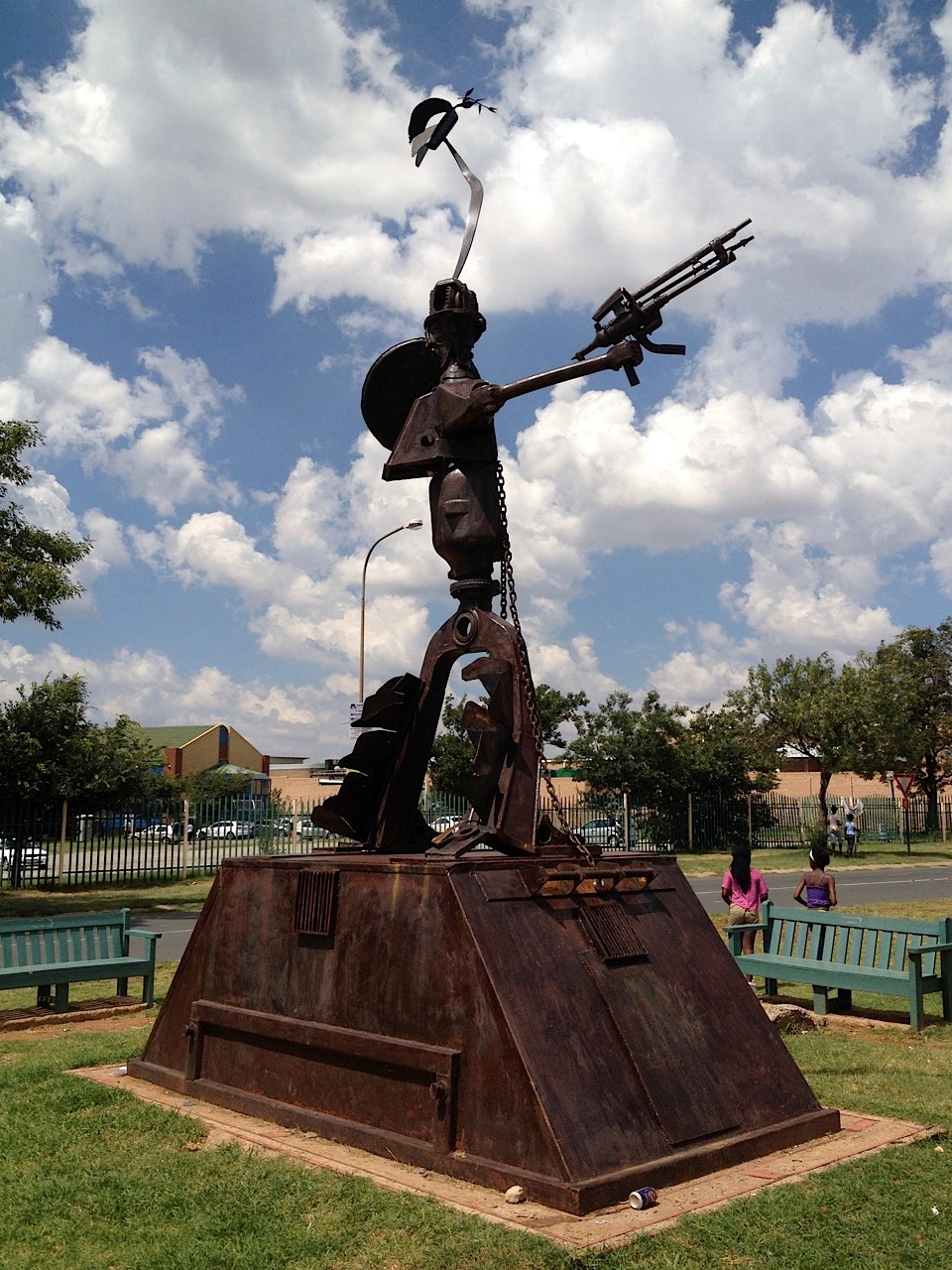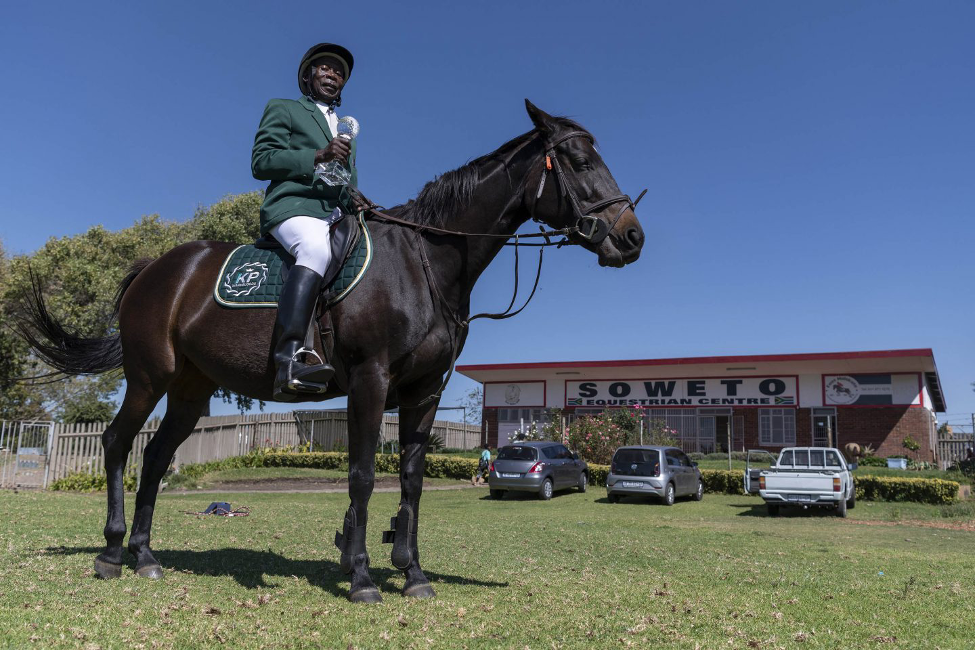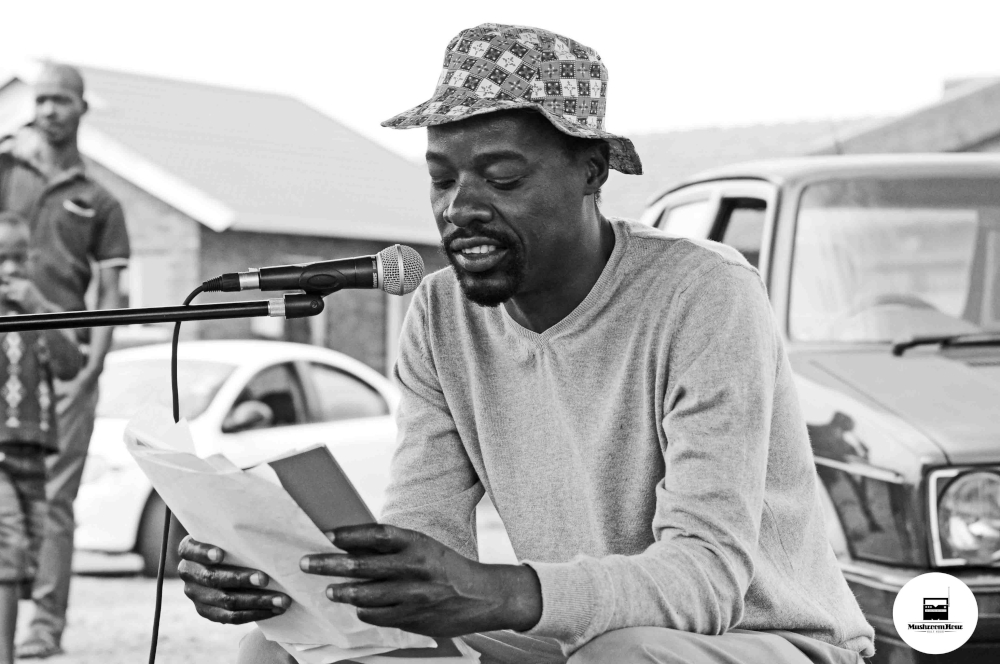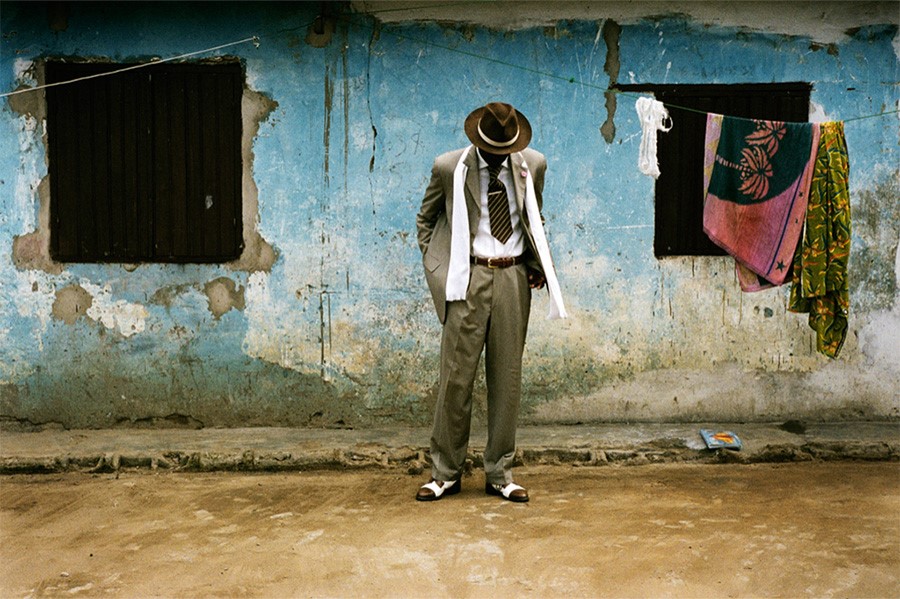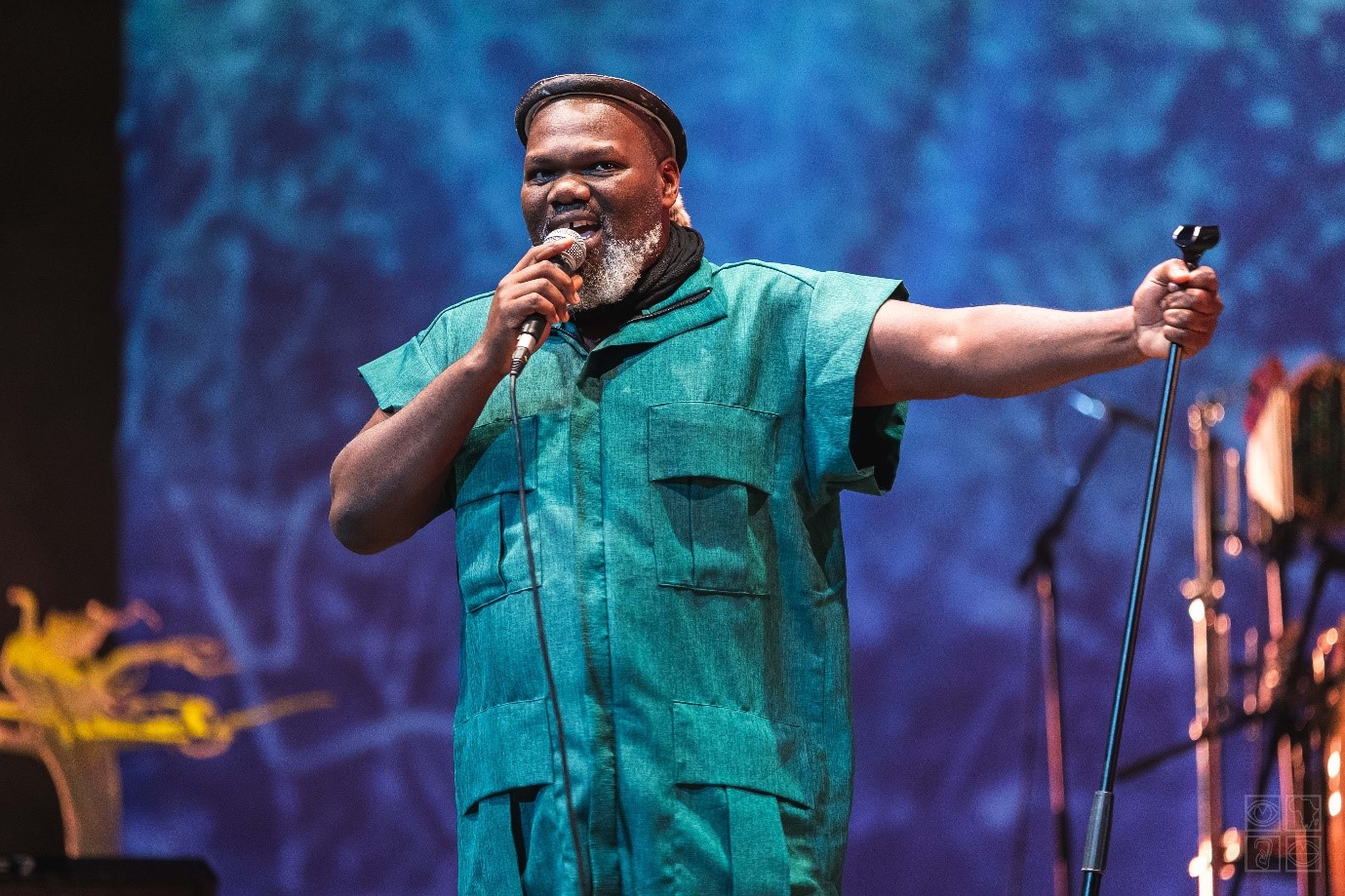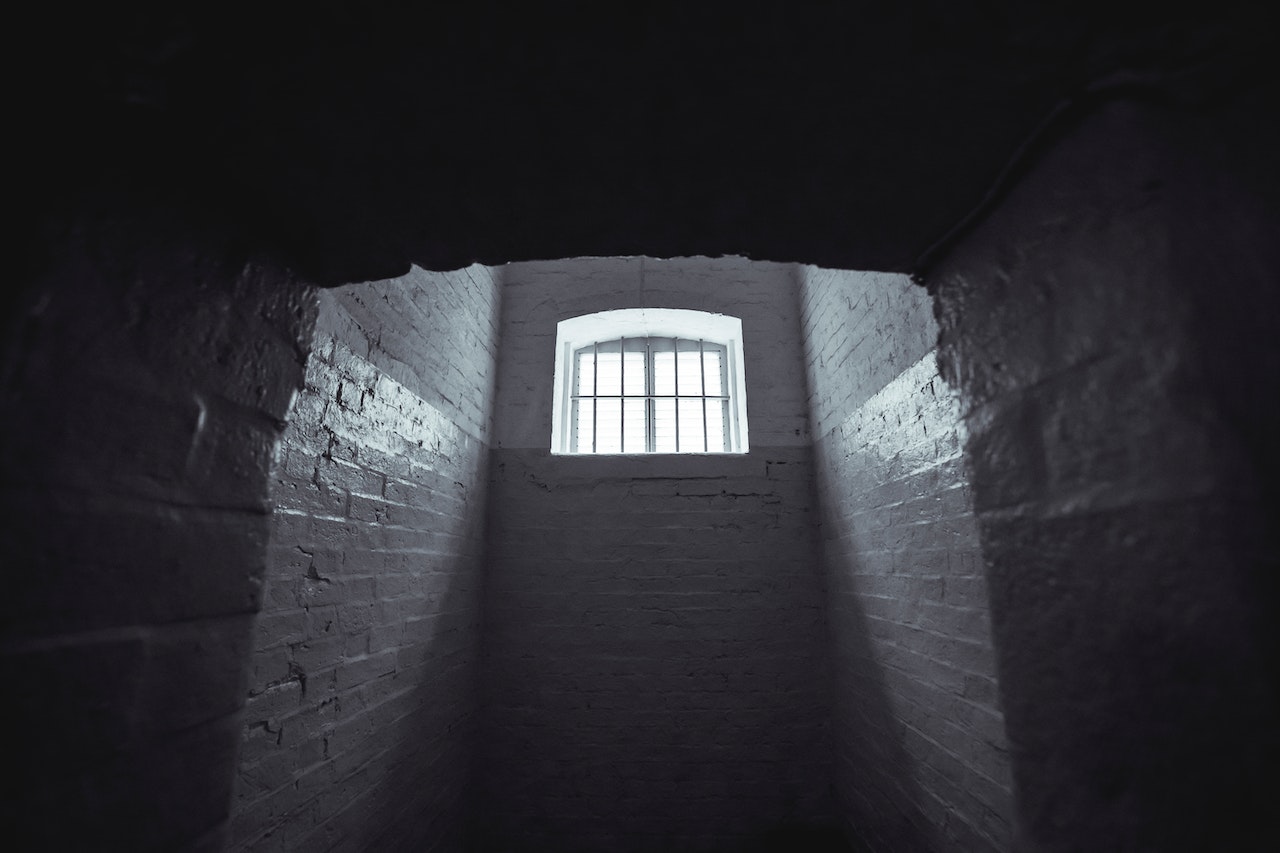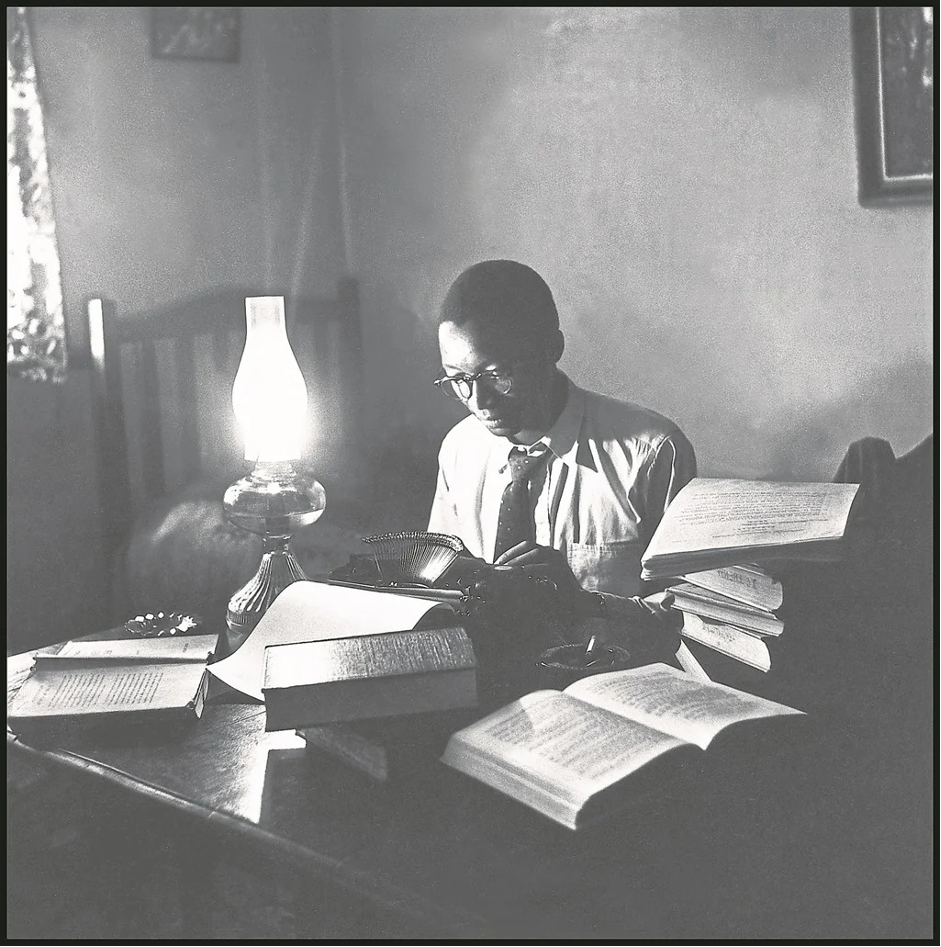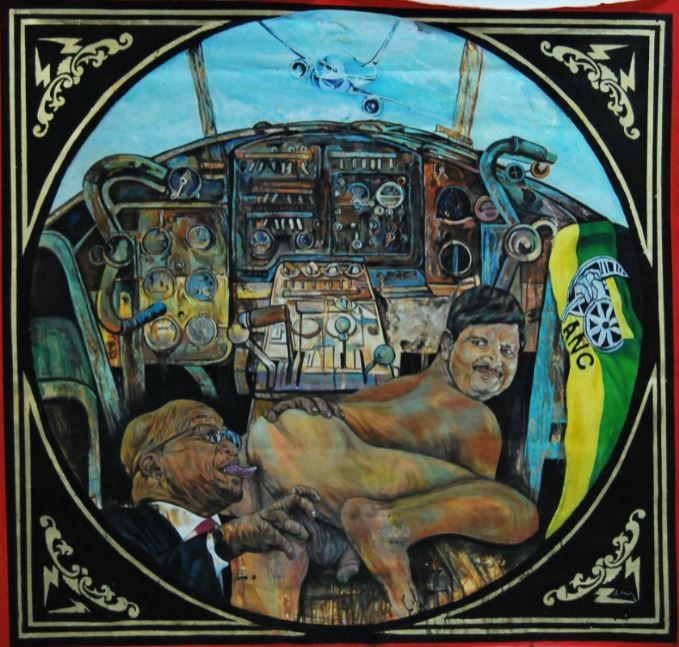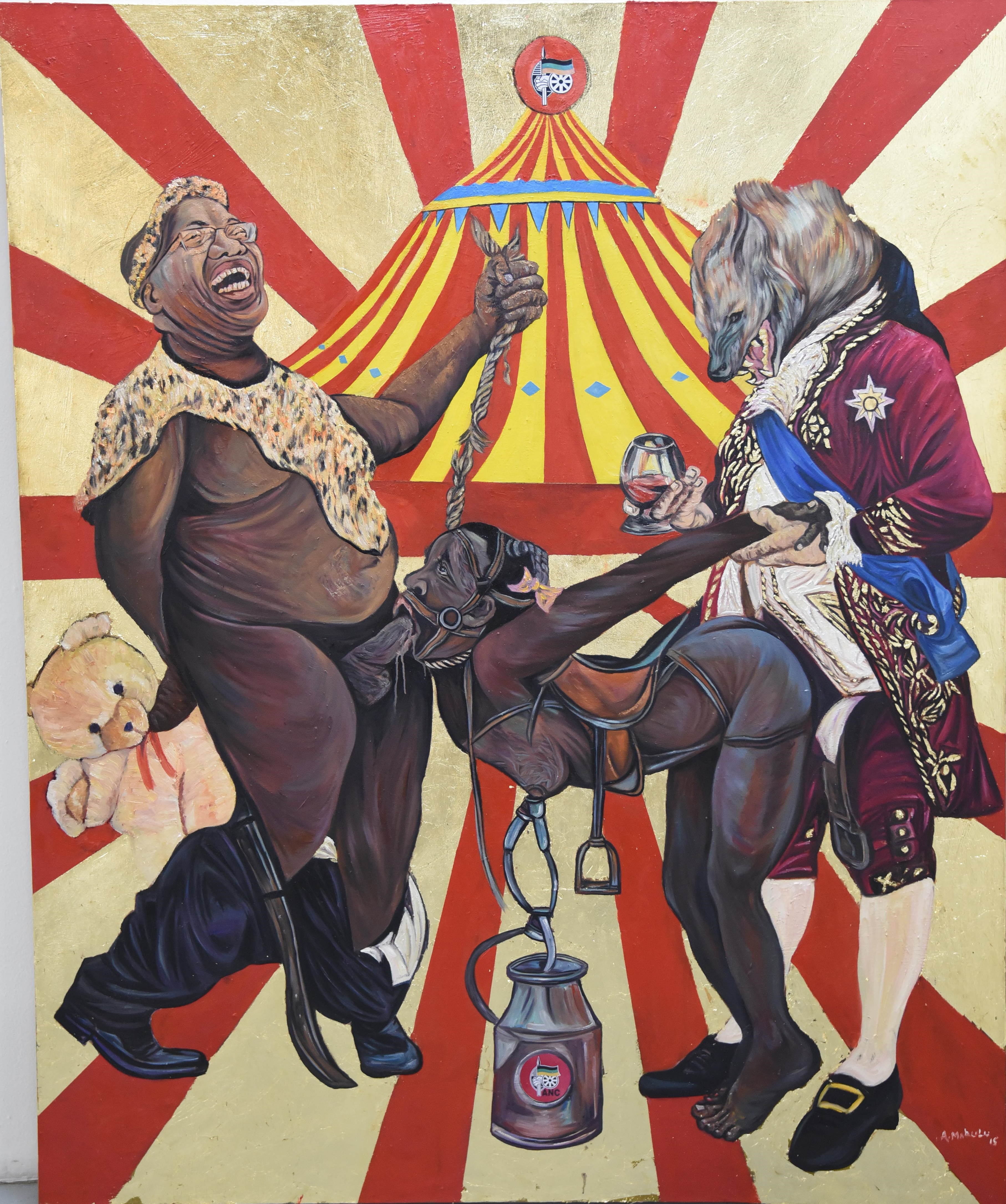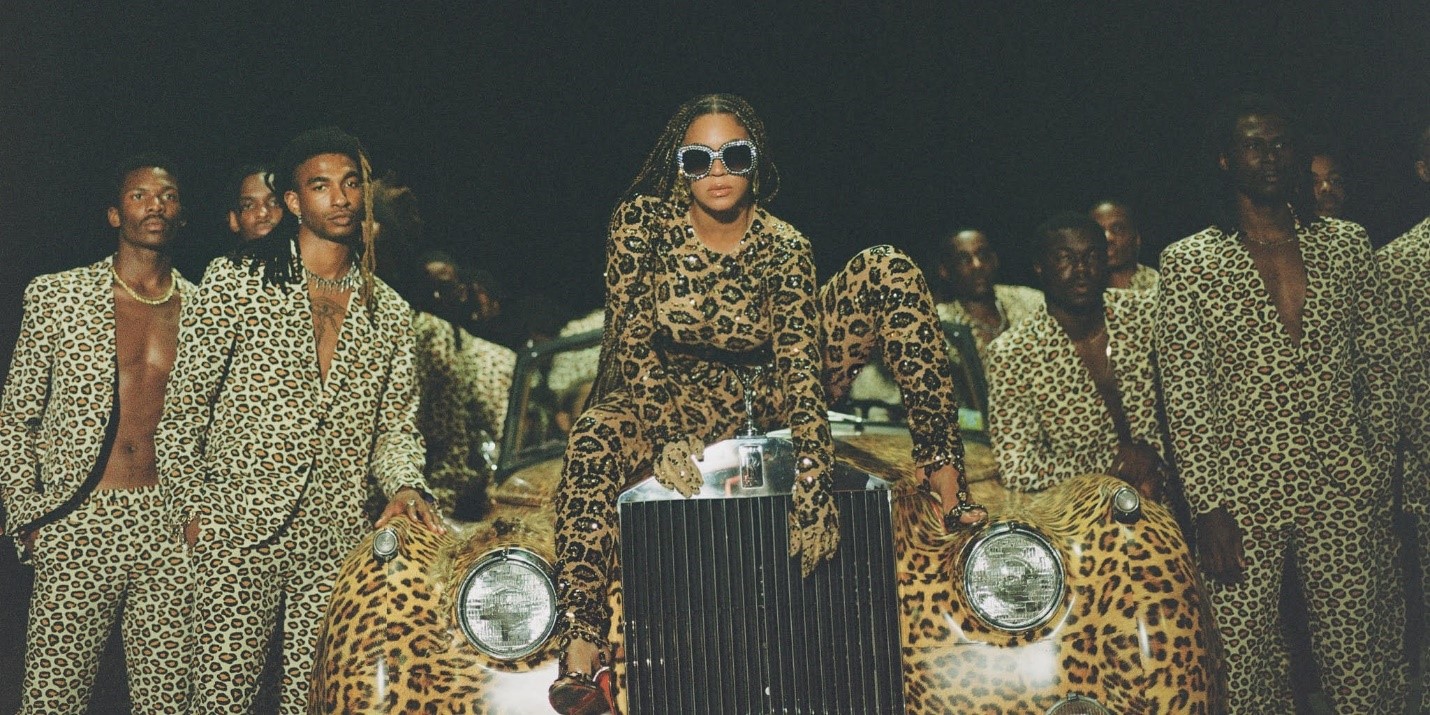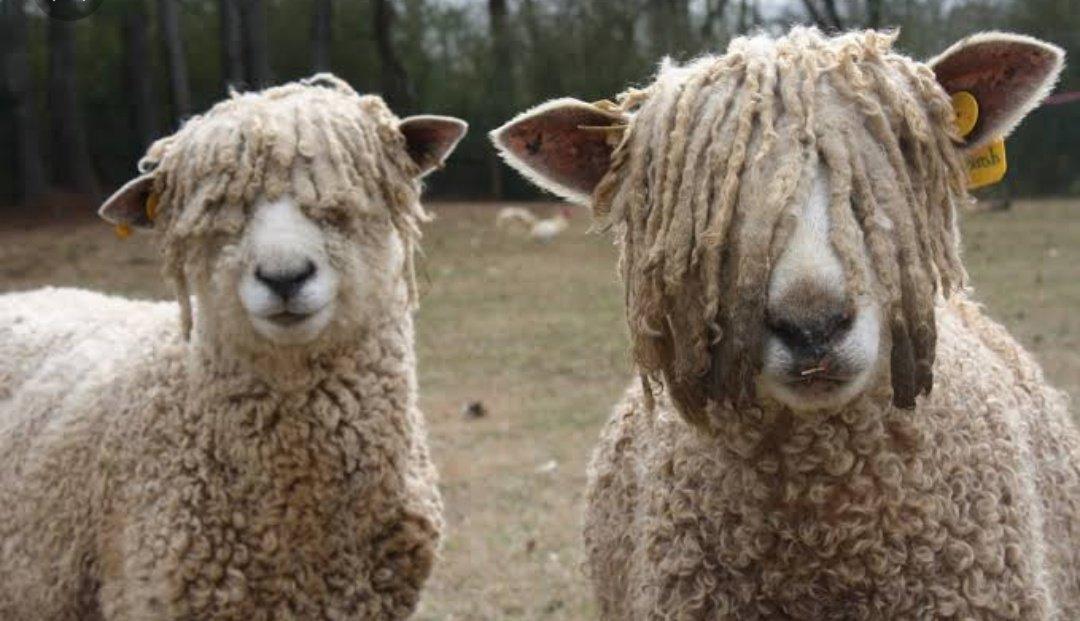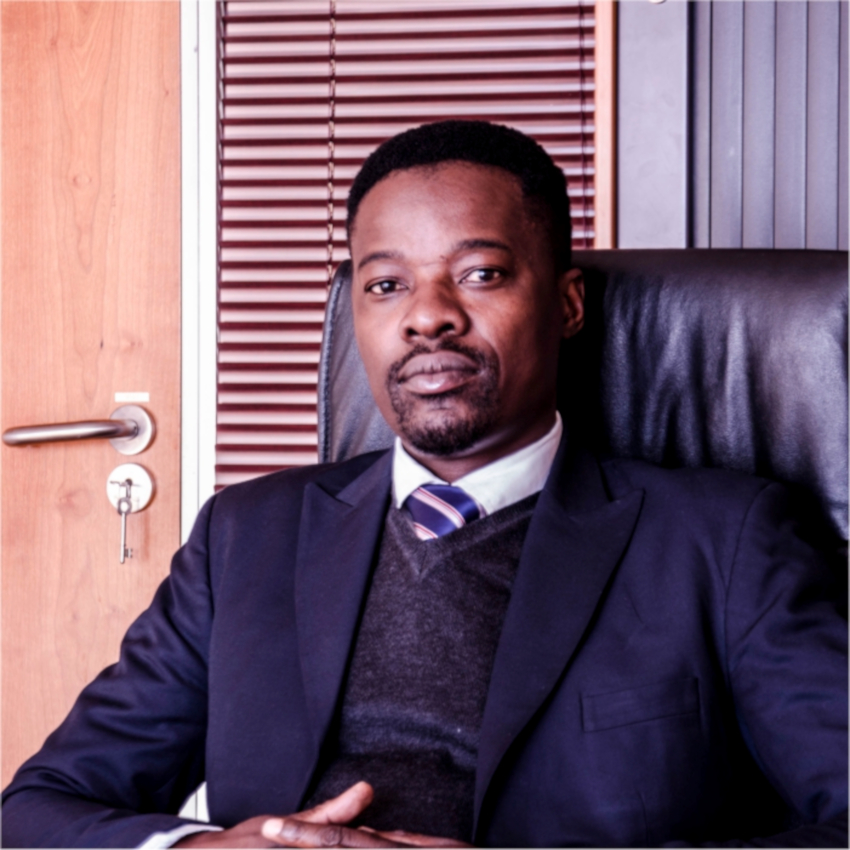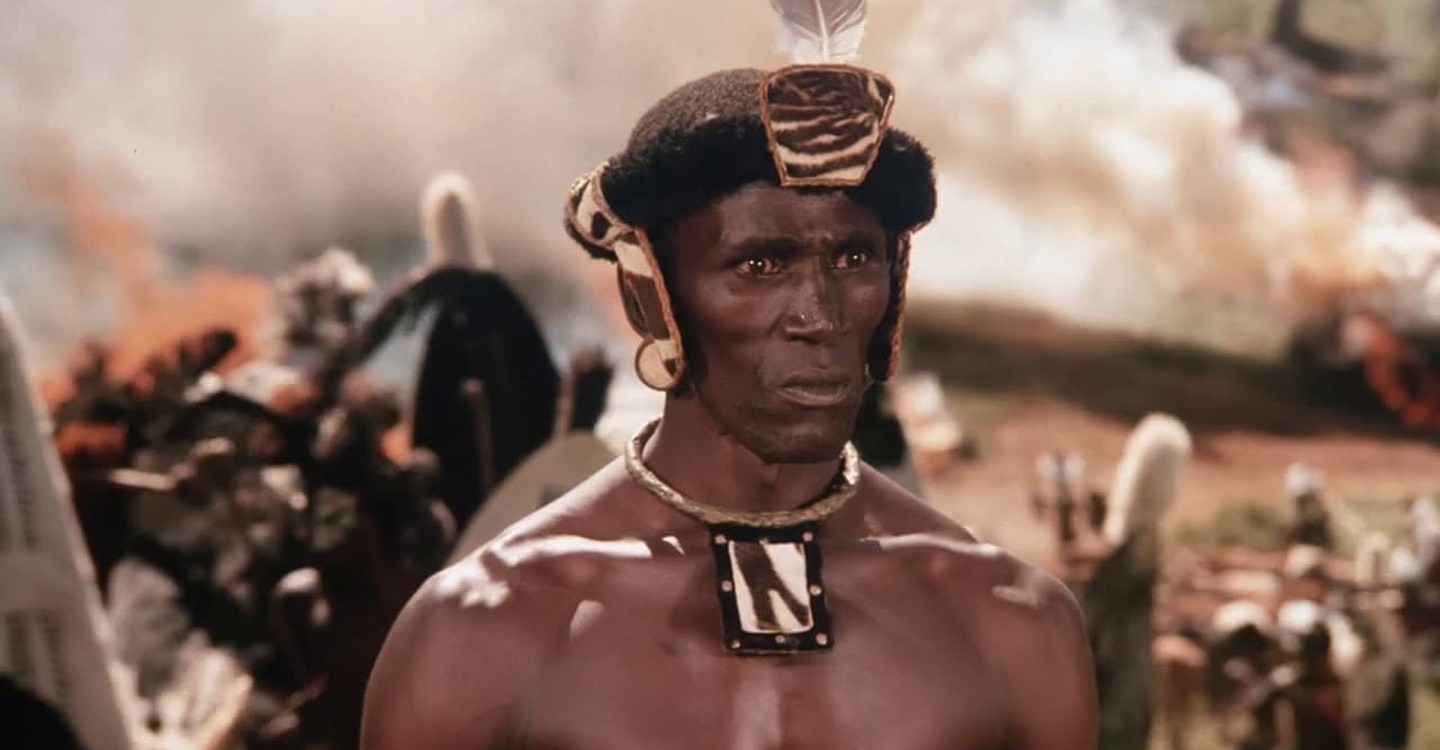The Banyamulenge people have justifiably been placed, under Genocide Watch at least since 22nd July 2020. According to author Joseph Mutambo’s book Les Banyamulenge… (1997), the Banyamulenge’s genesis in the subsequently named Democratic Republic of Congo (DRC), predates its independence on 24th June 1960, as the Abanyabyinshi. The latter are narrated to have arrived in DRC between 1510 and 1543. Etymologically the Banyamulenge name in DRC became widely utilised, after a remote meeting in 1976, commonly linked with a South Kivutian Minister of Parliament, the honourable Gisaro Muhoza Isaac Frederic (1942-1980). This was in order to be distinguished apart, from the Rwandan refugees in South Kivu not considered as ‘indigenous’ Congolese. The dialect of the Banyamulenge, is Kinyamulenge (mixture of Kinyarwanda spoken in Rwanda and Kirundi spoken in Burundi). When loosely translated, Banyamulenge means, ‘those who live’ or ‘people of’ the Mulenge Mountain. They are one of the minority Tutsi ethnic groups, chiefly located in the high peak plateaus of Uvira, Fizi and Mwenga Zones, in Bukavu and Uvira cities within the South Kivu province. Others have been based in the Shaba province, in the zone of Moba and Kalermie.
When considering data, furnished by Non-Profit Organisations (NPO’s) such as Genocide Watch, headquartered in United States of America (USA) under its founding president, Professor Gregory Stanton and the Kivu Security Tracker, based at New York University’s Center on International Cooperation and Human Rights Watch (as a joint project of the Congo Research Group), then abysmal details about massacres due to senseless ethnic disputes (which continuously raise concerns about ethnic cleansing), support Genocide Watch’s decision, as overdue. Tension against the Banyamulenge from so called ‘indigenous’ Congolese, has to do with their disputed precolonial arrival, dismissing them as migrants in DRC. Their origins in the Great Lakes Region (GLR) are simplistically traced, to Rwanda and Burundi. Thankfully decolonial scholars such as Archie Mafeje and Mahmood Mamdani et al, have challenged concepts, introduced by Eurocentric anthropologists which subsequently make up the mainstream jargon about the GLR. The fickle identities ‘of and from’ colonial names, are merely social constructs a ’la colonisation. The latter ahistorical premise, ought to highlight the problematic ‘flag independence’ kick-started from the 1960’s, that has complicated Africa’s development, as another typical case of coloniality.
The aftermath of the most recent upsurge of violence, targeting the Banyamulenge people since 2017, is worth attention. Violence initially stretched from the villages of Minembwe upto Bibokoboko. The Banyamulenge in the latter sites, have had to contend with their homes being burnt down, which has subsequently led to their inevitable unfortunate displacement. As pastoralists their cattle has continuously been looted, in the aftermath of every attack by various insurgents and tragically the vulnerable Banyamulenge women and girls, have had to cope with the dehumanizing reality of rape. The Kivu Security Tracker, has mapped out the violations of human rights and humanitarian law, witnessed against the Banyamulenge people, by the Congolese National Army (FARDC) and Forces Nationales de Liberation (FNL). Under President Mobutu Sese Seko (1930-1997) the latter used to operate alongside other insurgent groups, such as the now defunct Alliance of Democratic Forces for the Liberation of Congo (AFDL), Interahamwe, Red Tabara and Mai Mai. Sadly the latter insurgent group is made up, from different ethnic groups, such as the Babembe, Bafulero and Banyindu. Disillusionment has unsurprisingly necessitated, the formation of the Twirwaneho (meaning 'let's defend ourselves' in Kinyamulenge). Without taking their side, the following details may support the latter’s decision. The Banyamulenge have encountered 4697 violent incidents, 5974 deaths, 6844 abductions and have a staggering 13 020 victims. Amid other troubles, the Banyamulenge have survived the Simba Rebellion / Orientale Revolt (1963-1965), Mulele rebellion of 1964 (under the attack of their neighbours Babembe, Bafulero and Bavira), attacks by

To grasp what it may mean for the Banyamulenge to be placed on Genocide Watch, the following details about Genocide Watch and the Kivu Security Tracker may be useful. Genocide Watch articulates its mission, as an organisation that seeks to predict, prevent, stop and punish acts of genocide. It is the coordinating organization which leads the Alliance Against Genocide (AAG), which comprises of 90 organisations worldwide. Genocide WatchHe envisions addressing genocide, as defined in the Genocide Convention as ‘the intentional destruction in whole or in part of a national, ethnic, racial, or religious groups as such’. Its five objectives are education, prediction, prevention, intervention and justice. Education refers to awareness about genocide. Prediction refers to looking out, for possible signs of genocide (by declaring ‘genocide watches’, ‘genocide warnings’ and ‘emergencies’). The latter is based on ‘10 stages of Genocide’ 1) Classification, 2) Symbolization, 3) Discrimination, 4) Dehumanization, 5) Organization, 6) Polarization, 7) Preparation, 8) Persecution, 9) Extermination and 10) Denial. The Banyamulenge quagmire in DRC, is classified by among others



